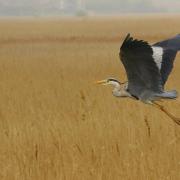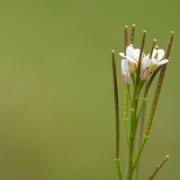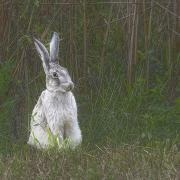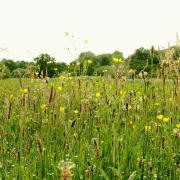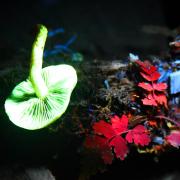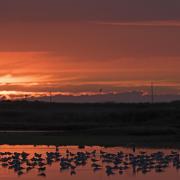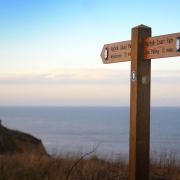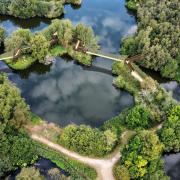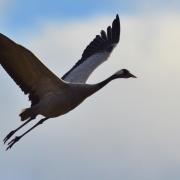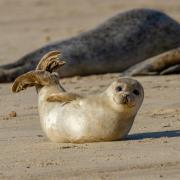Look to the skies this month for the arrival of thousands of visiting birds, says David North, head of people and wildlife at Norfolk Wildlife Trust
Our coastal fishermen and sailors are not the only ones showing a keen interest in the weather reports at present. The many birders who visit or live in Norfolk also keep a careful eye on the forecast, for in autumn and winter the weather determines both the numbers and types of birds that make the county their winter destination. The weather has a profound impact on the timing of bird movements and also determines the likelihood of rare wind-blown vagrants arriving among the regulars. The north Norfolk coast, because if its position, will be the first landfall for many of these migrants, explaining the reputation of sites such as Cley Marshes, Blakeney Point, Holkham and Holme Dunes among the birding community.
This mass movement to, and through, Norfolk actually begins in summer. As early as late July tens of thousands of waders arrive, including dunlin, sanderling, knot, sandpipers and godwits, to our shores. Some will stay to winter with us but many more will head south on migration journeys to the coasts of west and southern Africa. September sees the first big arrivals of geese - great skeins of pink-footed geese from Iceland noisily passing overhead and taking advantage of Norfolk beet and stubble fields that provide rich gleanings. On coastal marshlands numbers of their cousins, the smaller, darker, but equally noisy, brent geese, newly arrived from far northern breeding grounds on Russia’s Taymyr peninsular are increasing and will be joined by yet more thousands during October and November.
By December and January many of these migrants will have reached their final winter destinations, and for countless numbers the fields, woods and marshes will be their winter home.
The pink-footed goose is perhaps the defining bird species of north-west Norfolk in winter. It occurs here in cackling flocks of tens of thousands each winter, with further large flocks found in the Thurne Valley in the Broads. It is included on the amber list for the UK because a globally significant non-breeding population occurs in localised habitats. Norfolk is among the most important areas of the country for this fascinating migrant.
Pink-footed geese are relatively short-necked and compact and have distinctively small bills. In muddy conditions and through winter mist it can be very difficult to see the species’ characteristic pink legs and pink-blotched bill. A better way of identifying the pink-footed goose, especially in flight, is by its brownish neck and underparts contrasting with a soft grey back and upper wings.
In winter gardens feeders are attracting bramblings and siskins as food in the wider countryside gets harder to find. The weather is still important to the birds we are likely to spot. Long hard spells when the ground is frozen cause twinkling black and white flocks of lapwings to pass overhead deserting Norfolk, hoping to find milder weather and unfrozen ground further west. w
Discover more of Norfolk’s wildlife at www.norfolkwildlifetrust.org.uk




